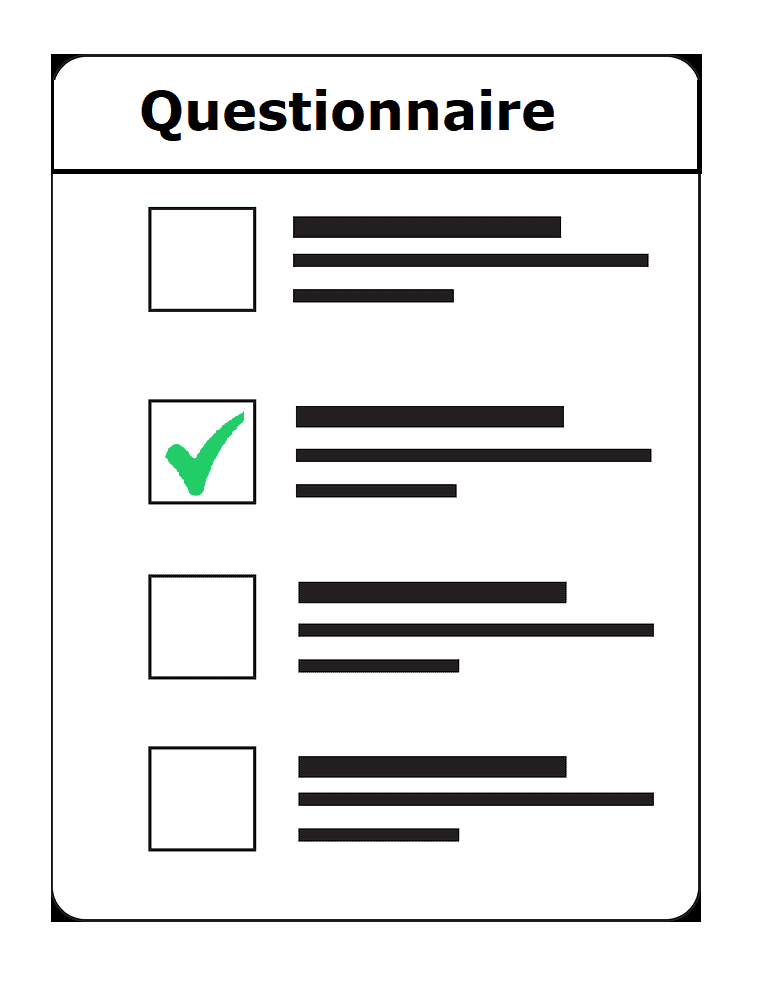ADHD Screening Scale for Virtual Students (SSVS) – Teacher Form

|
Getting your Trinity Audio player ready...
|
Objective
This ADHD-SSVS is designed to help online teachers assess symptoms of Attention Deficit/Hyperactivity Disorder (ADHD) including hyperactivity, inattention, executive functioning challenges, and impulsivity in cyber students who primarily interact with teachers through video, chat, text, etc.
Directions
Please read each scenario and choose the response that best describes the student’s behavior. You can print your results.







